It’s easy to get yourself into a bit of a pickle when talking about rag rug making as there are just so many different names out there for the same thing! What’s the difference between a proggy mat and a proddy rug? What is a bodger and why does it have such a funny name? What is shaggy rag rugging and how it is different from short shaggy rag rugging. I’ve tried my best to write a beginners guide to rag rug terminology below. I hope you find it useful!
What is a rag rug?
We’ll start with the basics! A rag rug is a rug or mat of any size that has been made out of “rags”. That’s to say discarded clothing or textiles. This could be tatty clothes that have been worn to death or posh recycling in the form of our 100% wool blanket yarn or recycled sari silk ribbon. With that broad definition in mind, rag rugs can look very different from one another as they can be made in a number of different ways. Here in the UK, our most traditional form of rag rug has a shaggy appearance (left below), but in Scandinavia and India, for example, rag rugs are traditionally woven on looms and tend to be flatter in appearance. All the rugs below are rag rugs even if they look completely different.
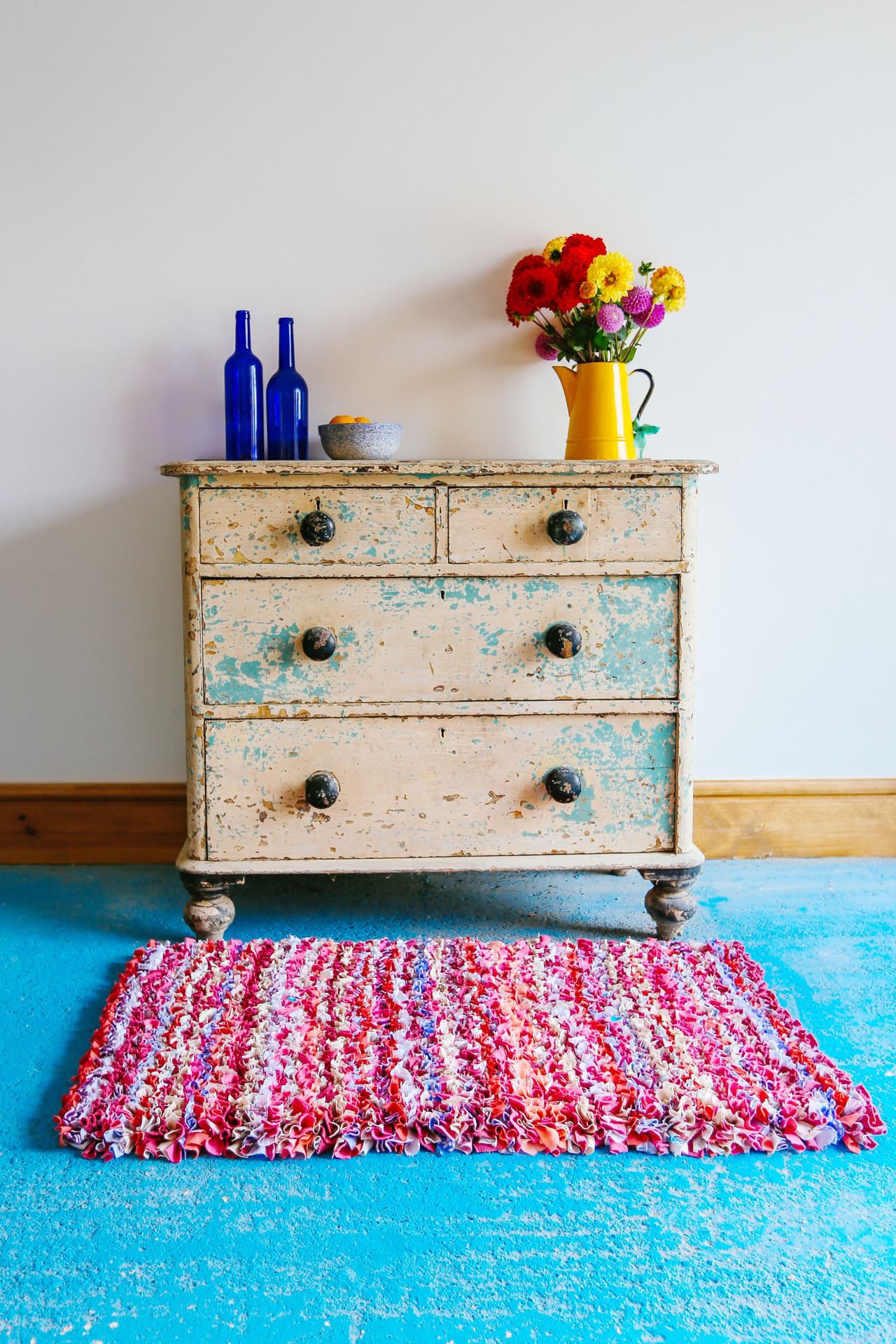
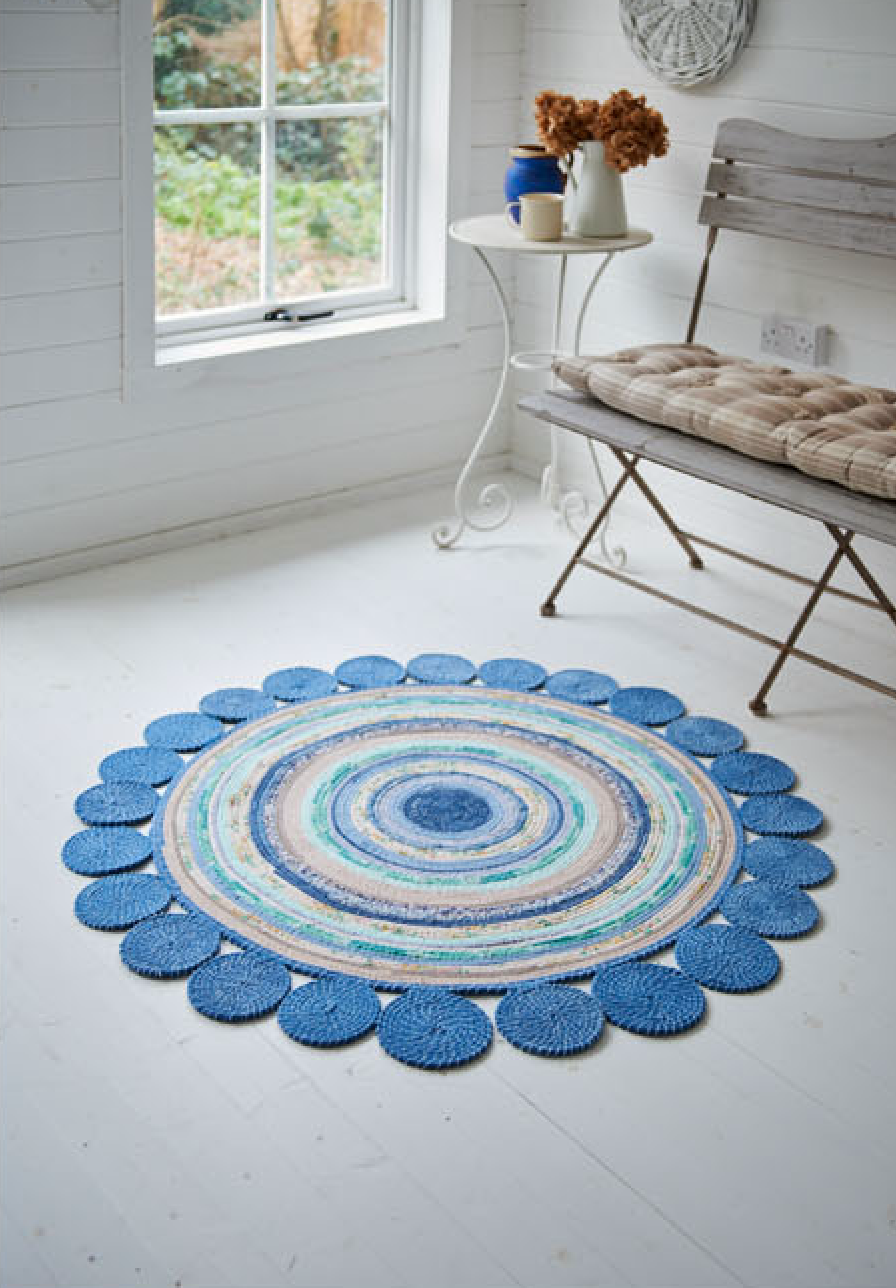
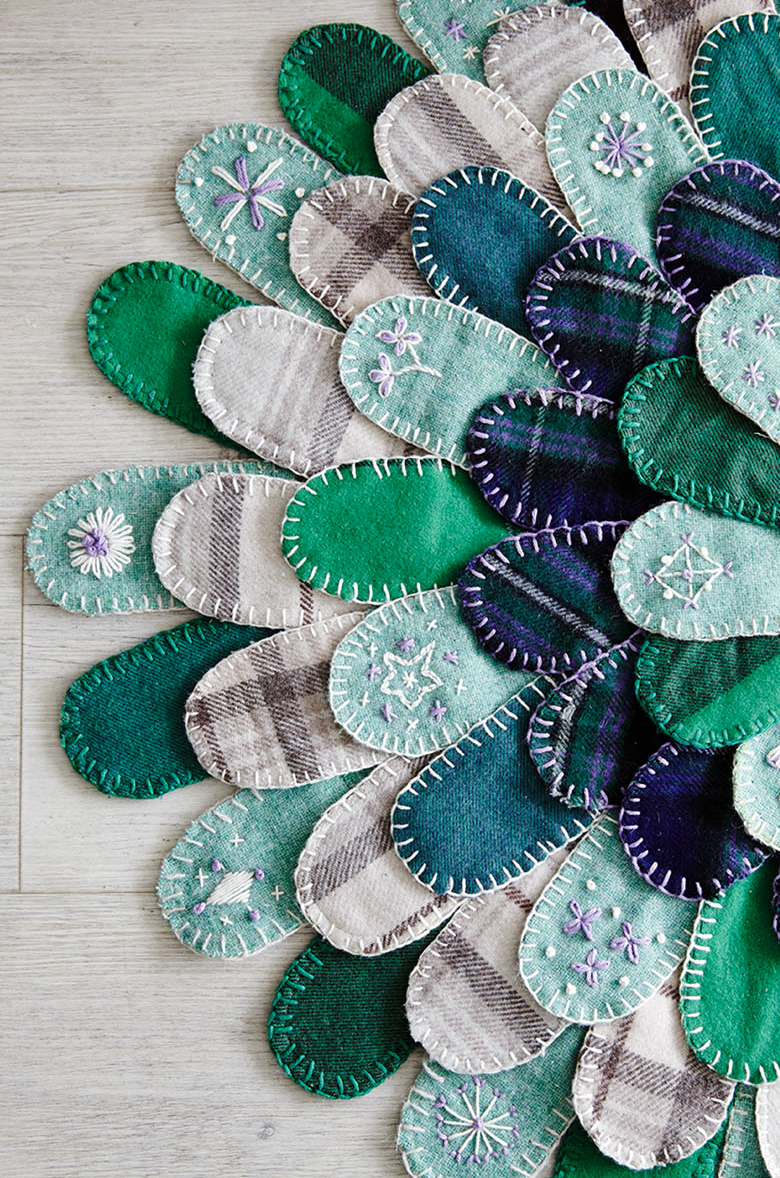
The photos above were taken from my second book “Rag Rug Techniques for Beginners”. You can find a brief overview of ten different rag rug techniques that exist on the Ragged Life website here.
Rag Rugging:
Nowadays, we’ve moved beyond only making rugs. “Rag rugging” is the overarching term for the textile technique itself, much like the term “knitting”. All three items below could be described as “rag rugging”, but only the last one is a “rag rug”. “Rag rugging” can also be used as a verb. For example, I would say, “I enjoyed rag rugging with you on Tuesday”. You can also use “ragging” as a verb, but I don’t particularly like that term for some reason 🤷♀️
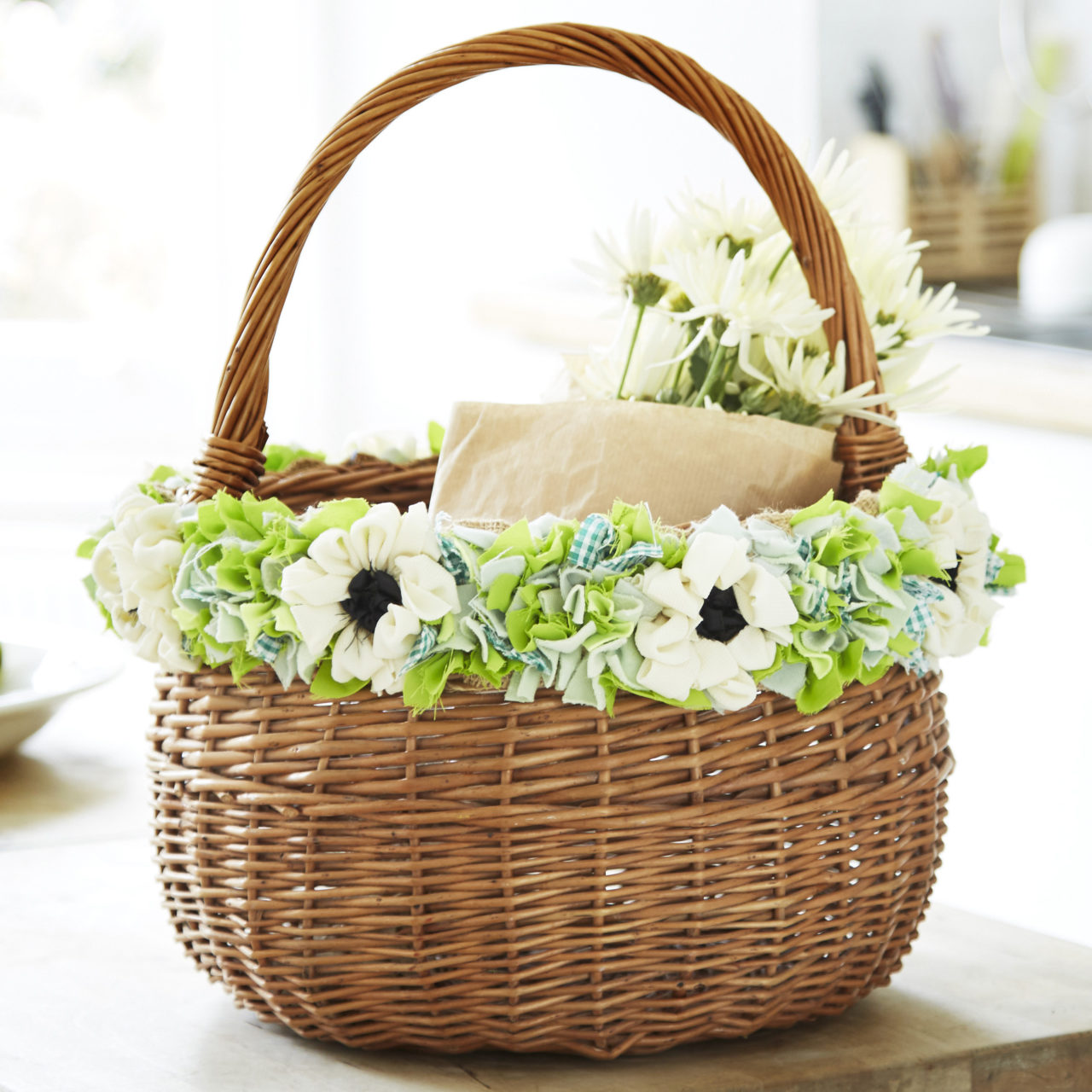
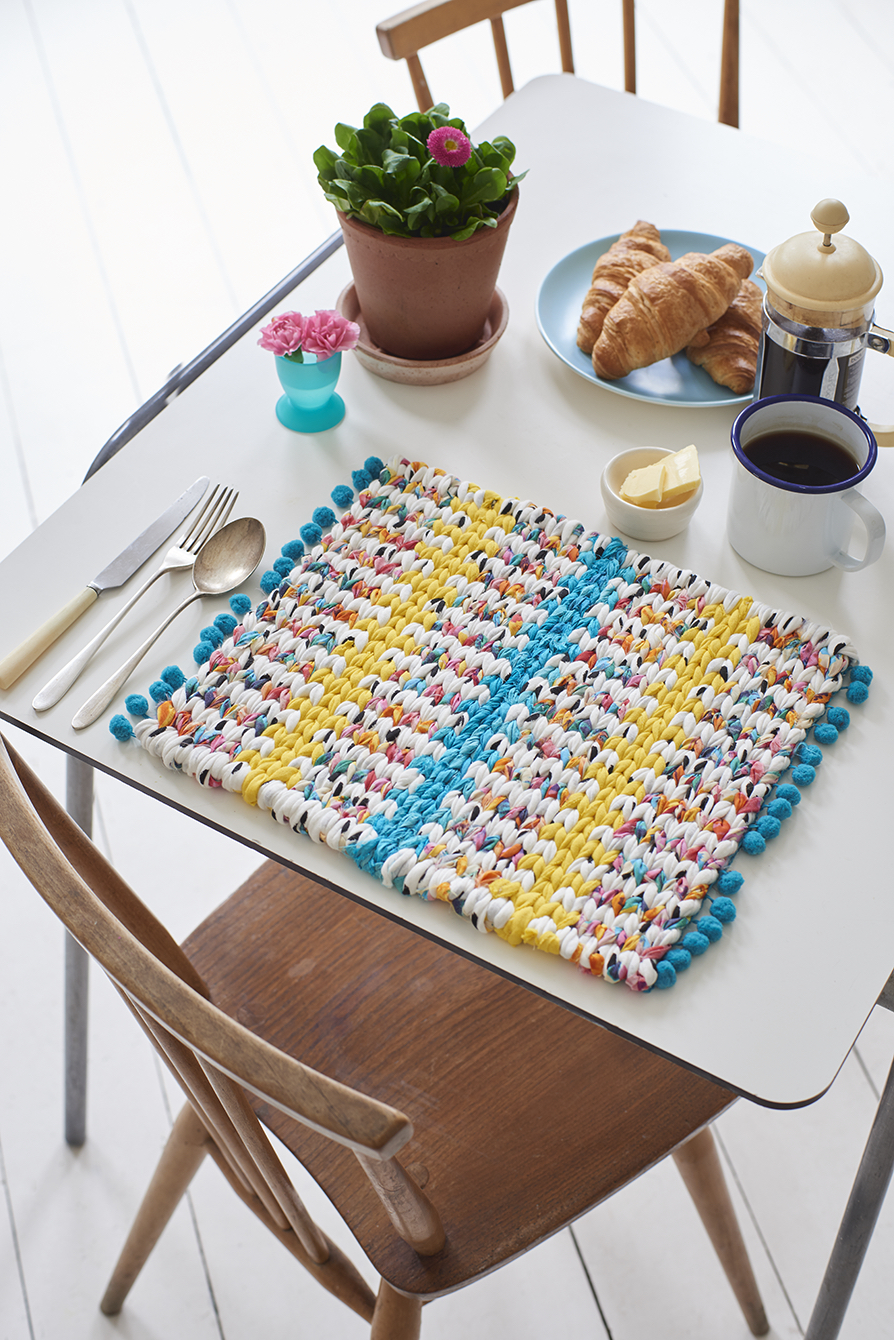
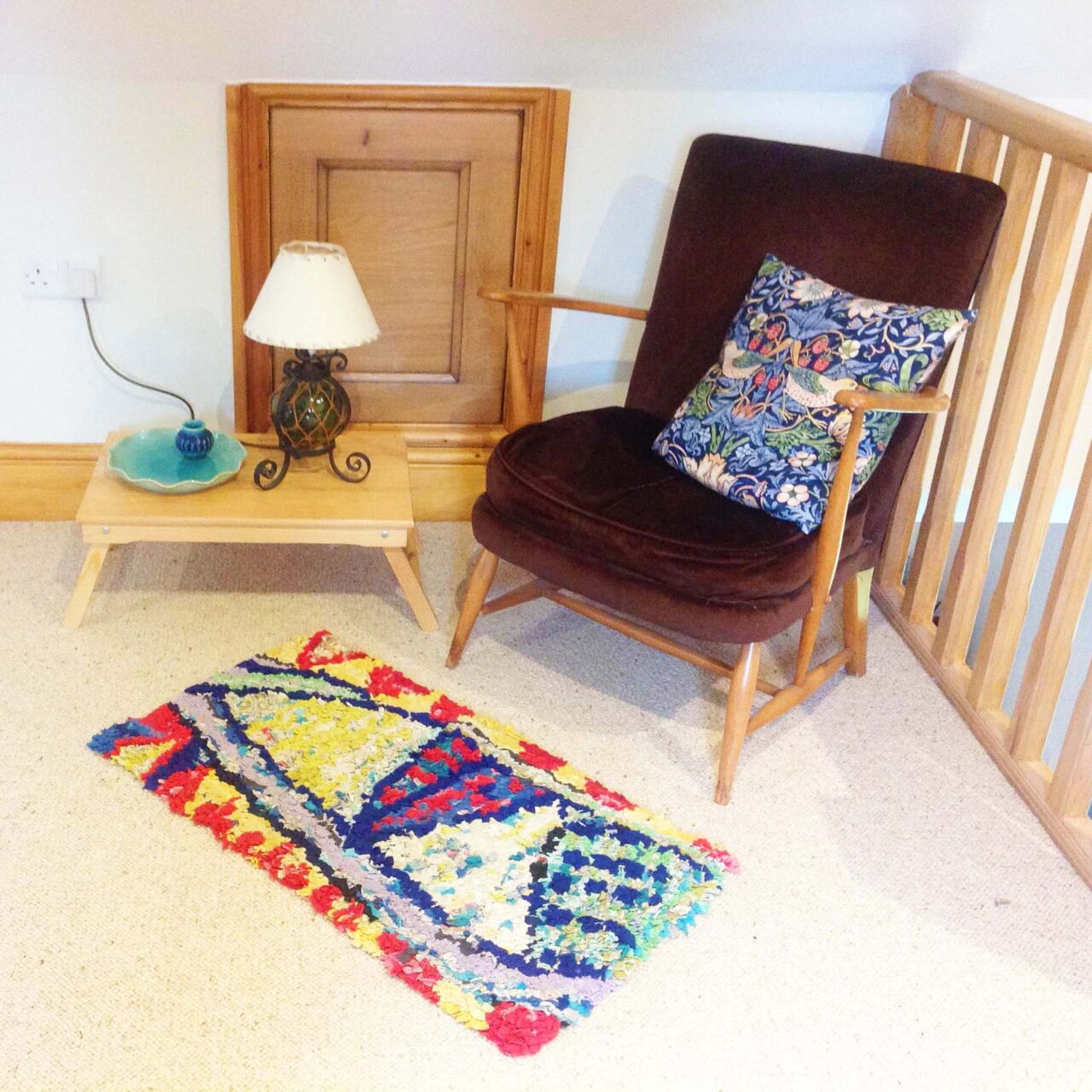
British Rag Rug Techniques:
A lot of the confusion around rag rug terminology comes from the traditional British techniques. That’s mainly because the craft has been around since Victorian times and there are lots of regional names for the craft itself, tools used and techniques. Below I’ve tried to break these down:
Shaggy Rag Rug:
The name I was taught for the most traditional form of British rag rugging is the “shaggy” technique. For example, you’d say “I’ve made a shaggy rag rug”. Like many people, I use the terms passed down by my family. In my case, my mother. A shaggy rag rug is made using individual, short pieces of fabric that have been pulled, poked or pushed through a hessian (burlap) backing to create a rug with a deep, thick pile to it.
This style of rag rug was designed to be particularly effective at keeping the chill off when put on a cold, uncarpeted floor. I make shaggy rag rugs using a rag rug spring tool (see below for more on this) as I find it the easiest and quickest tool. Shaggy rag rugs look like below:
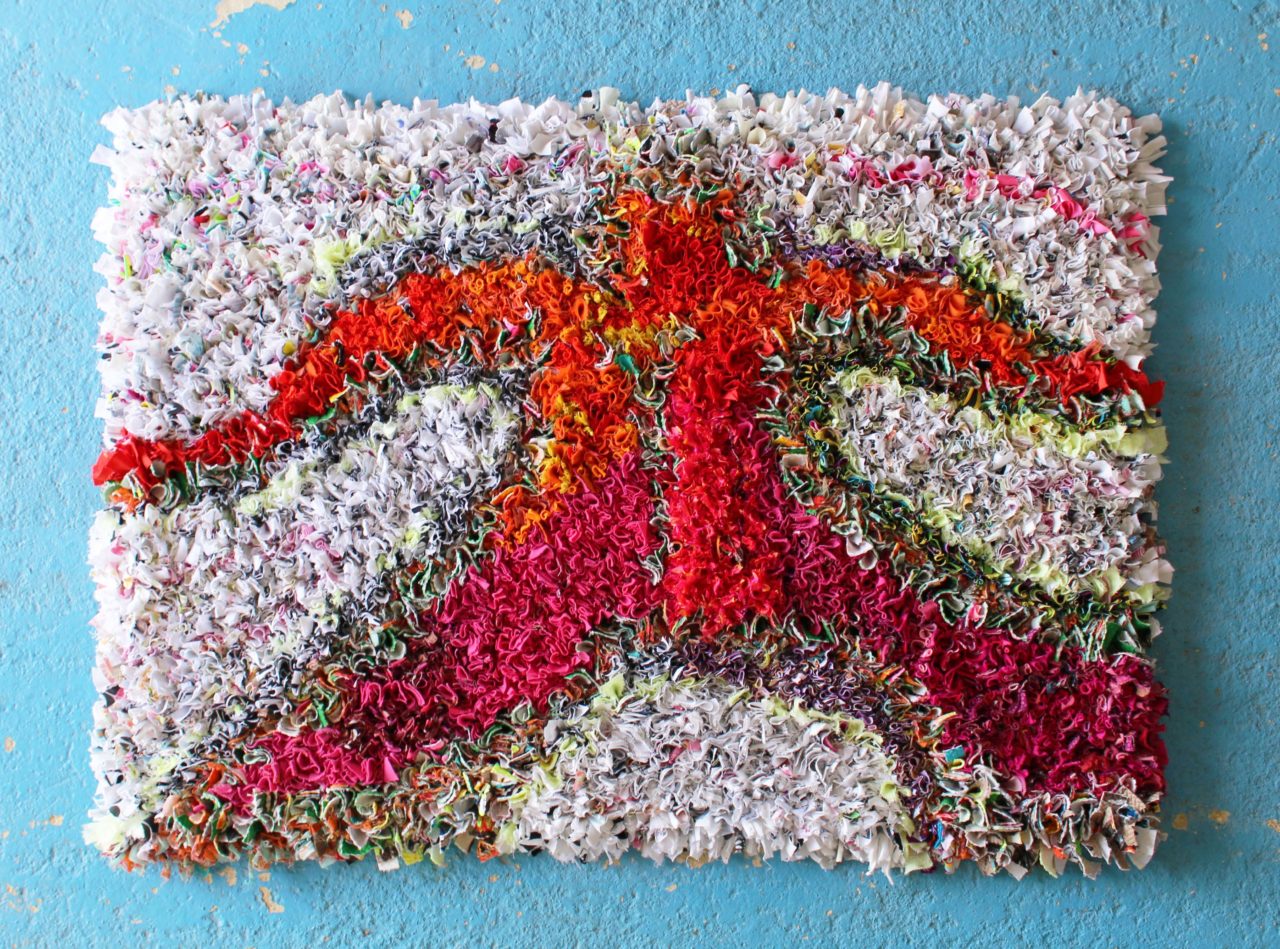
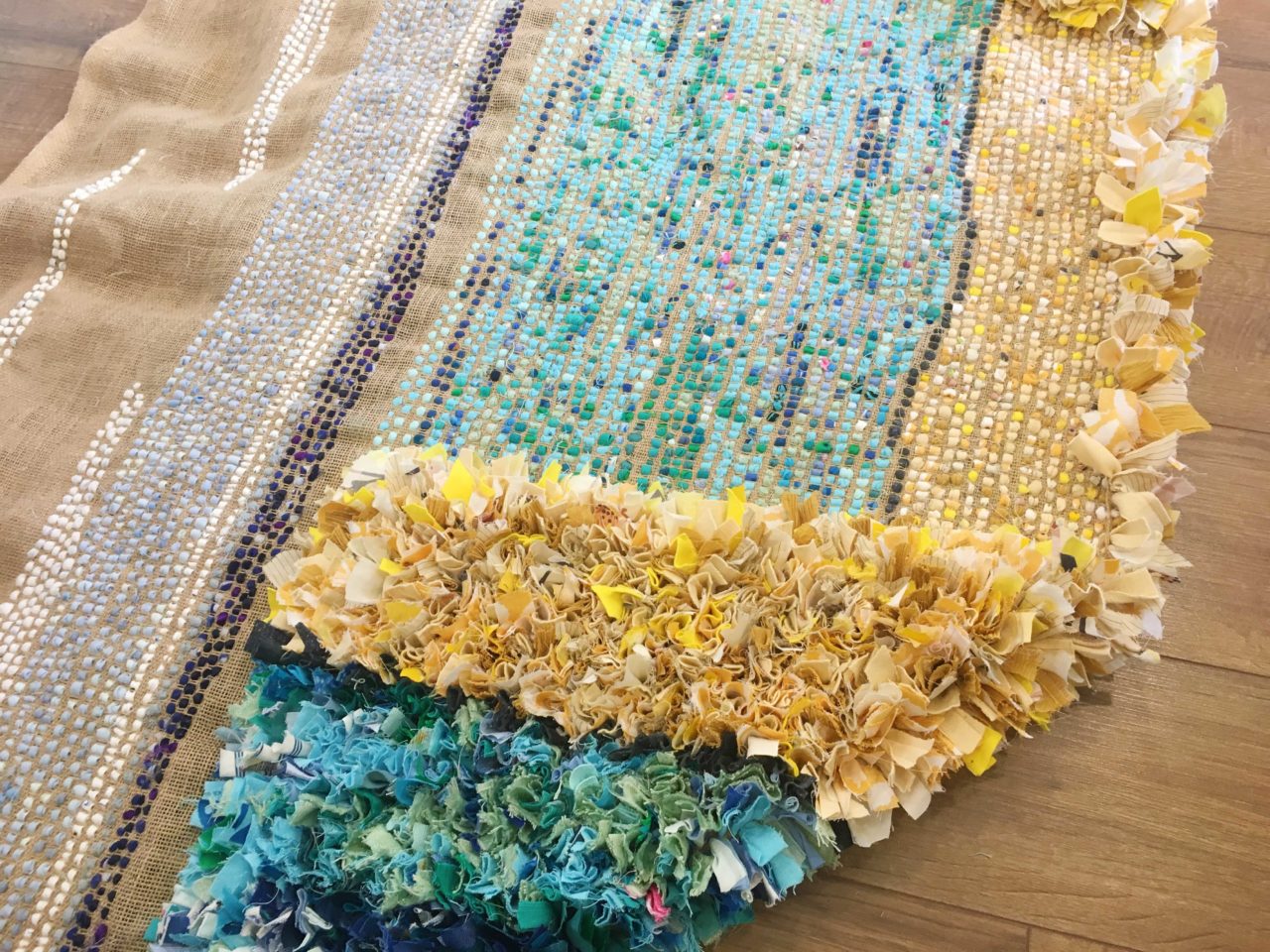
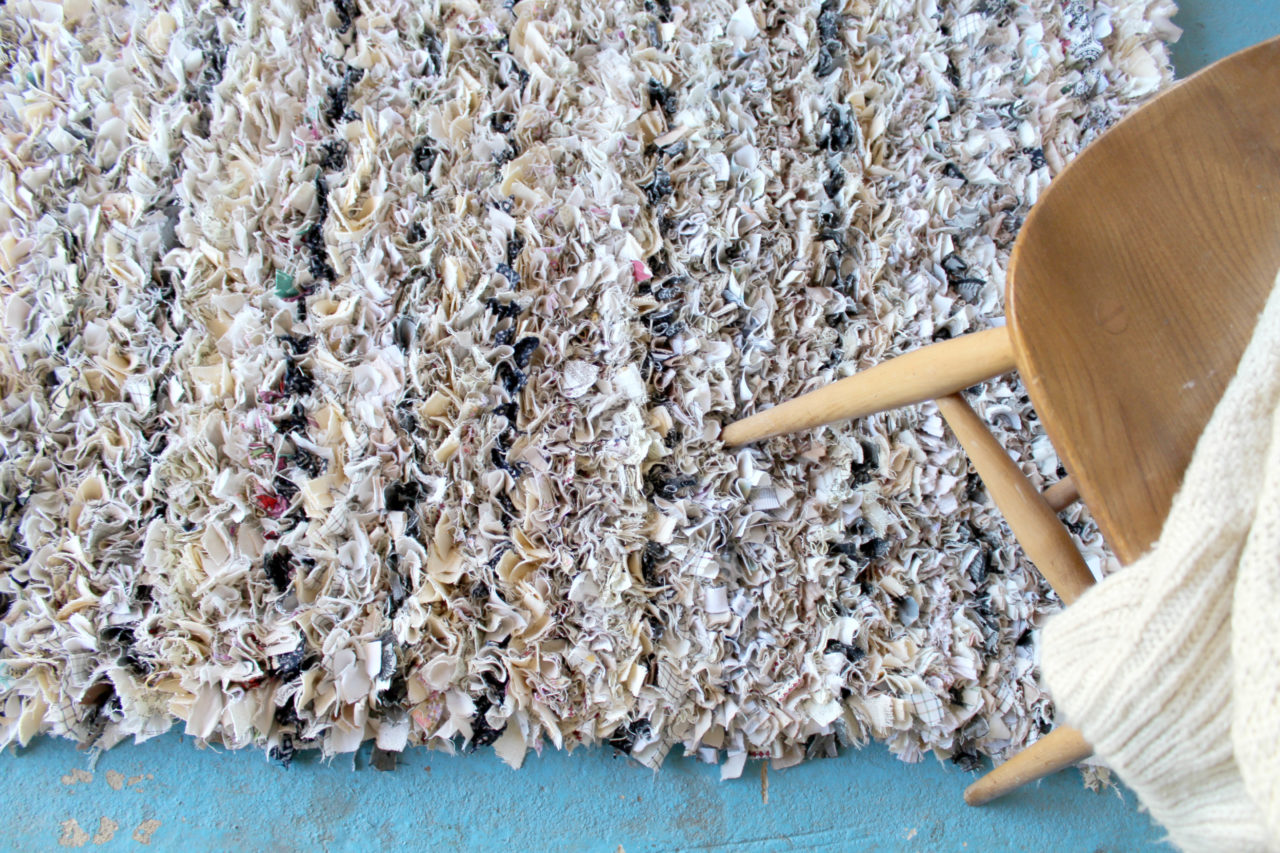
Now’s where the confusing rag rug terminology begins…
Proggy / Clippy / Bodged / Broddy / Cleekie / Clootie / Stobby:
These are other general names for a shaggy rag rug. The most common of those terms is “proggy mat / rug”. It’s the same thing as a shaggy rug. Another fairly popular term is “clippy mat”, which is mostly used in the North of England. I suspect that name comes from the fact that the rugs were made using fabric “clippings”, e.g. offcuts, but as with a lot of rag rug history, it’s hard to trace the origin. The rag rug names “cleekie”, “clootie” and “stobby”, I’ve only heard up in Scotland, but please let me know in the comments below if you’re from somewhere else and use them there 🙂
Proddy / Poked / Peggy Rugs:
As if that wasn’t enough, these are yet more names for the shaggy style of rag rug. However, these terms are less general and tend to imply that the rug was made in a certain way with a certain tool. When crafters use these names for a shaggy rag rug, it generally implies that they’ve used a prodder or peggy tool (see below) to poke strips of fabric through from the back of the hessian to build up their rug, as opposed to working the hessian from the front (as is done with a rag rug spring tool). This style of rag rugging is demonstrated at Beamish Museum in County Durham, for example.
The term “peggy mat” comes from the fact that old wooden clothes pegs were sometimes filed down to create suitable prodder-style tools to poke the fabric through with. I’ve seen prodders made from all kinds of materials over the years – horns from rams, “fids” (a tool used to make fishing nets) and even keys. Below are a couple of photos of prodders I have in my collection, which just goes to show how very different they can look…
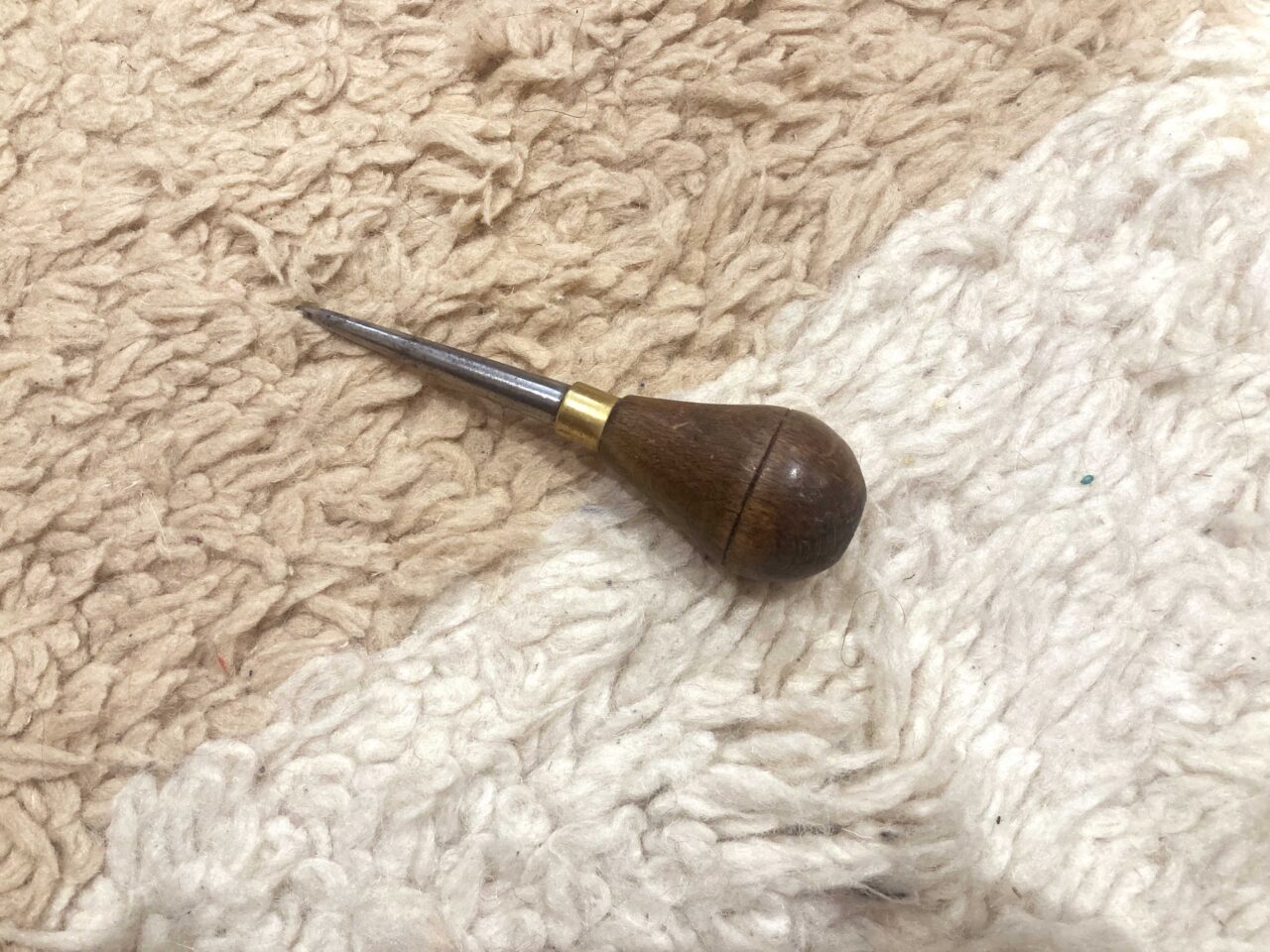
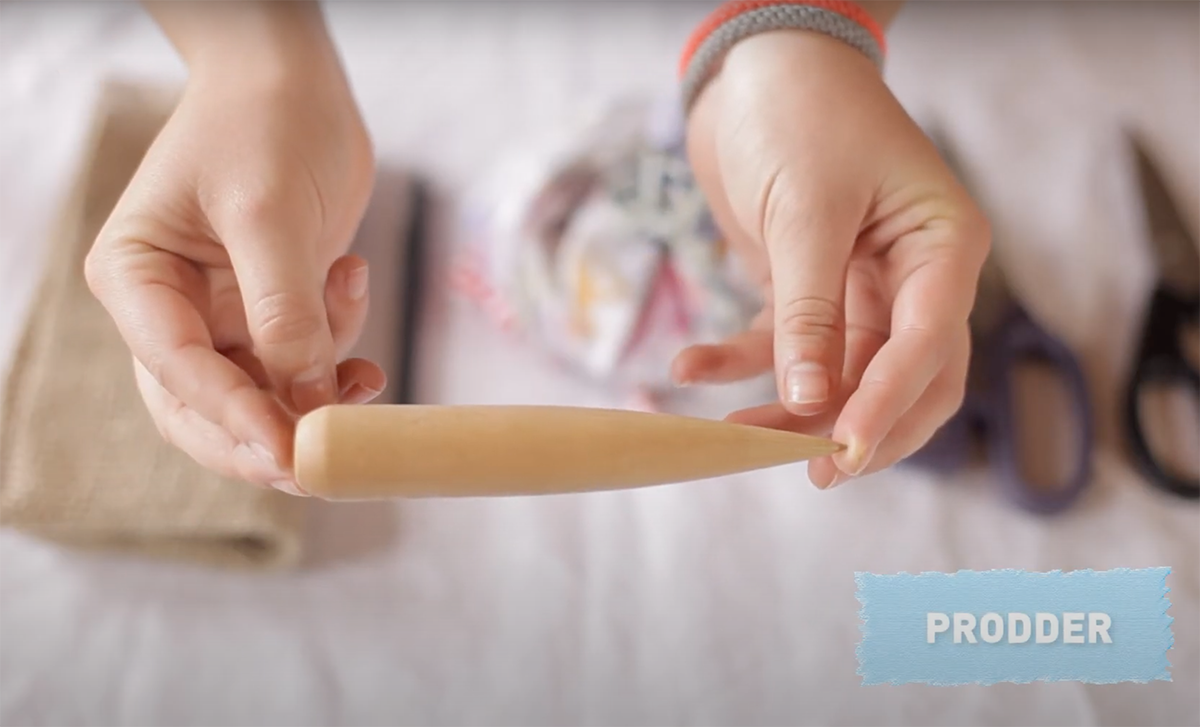
Loopy / Looped / Hooked / Hooky Rag Rugging:
The explanation gets a little simpler from now on… Or at least I hope it does! The second most common technique of rag rug making in the UK is sometimes called “loopy”, “looped”, “hooked” or “hooky” rag rugging. Once again, different rag rug terminology is used by different people. Loopy rag rugs are made using long strips of fabric that are pulled up through the hessian backing one loop at a time to create a tighter, more compact appearance. This technique is generally done using a rug hook as shown here, but can also be done using a latch hook if you’re just wanting to experiment. Below is what this technique looks like…
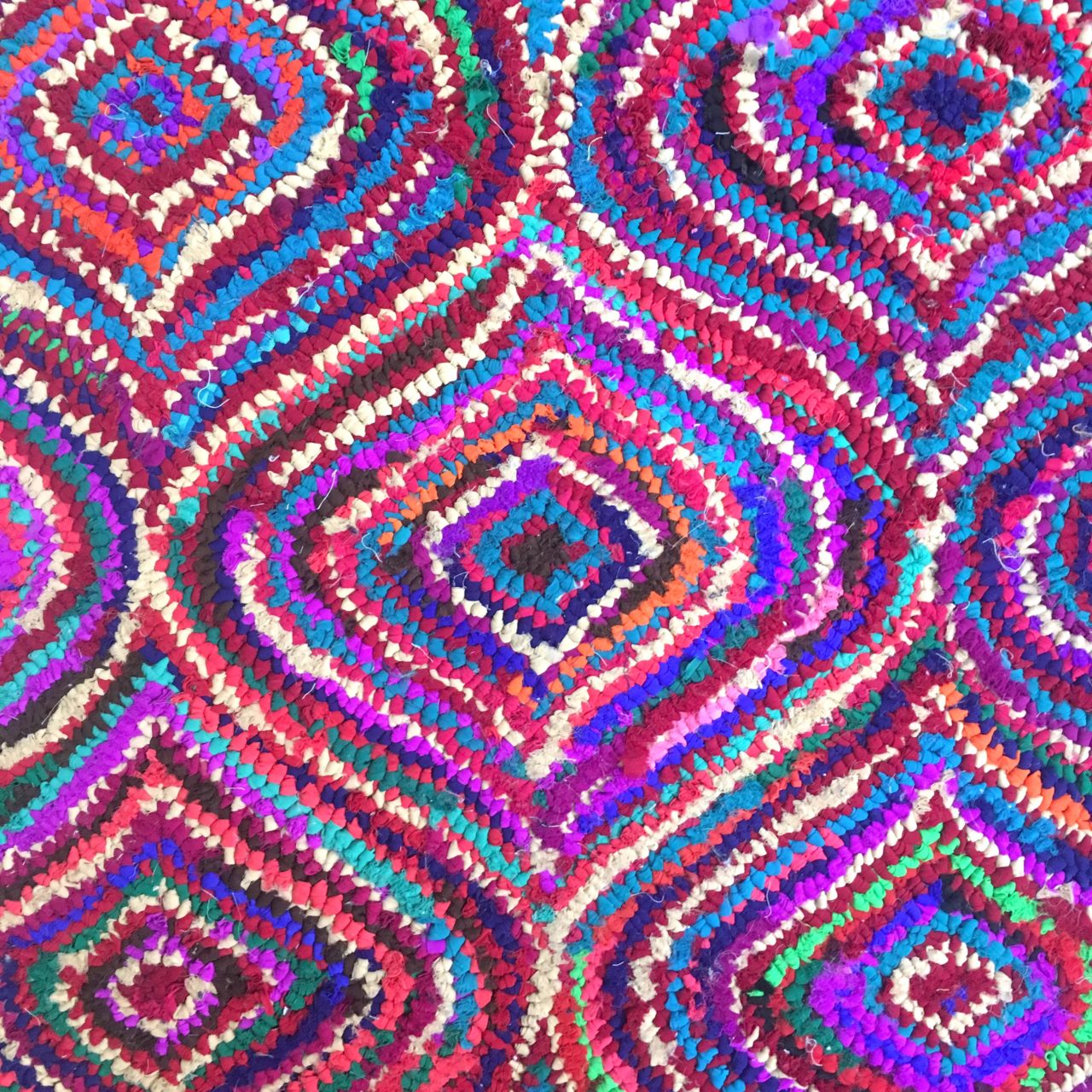
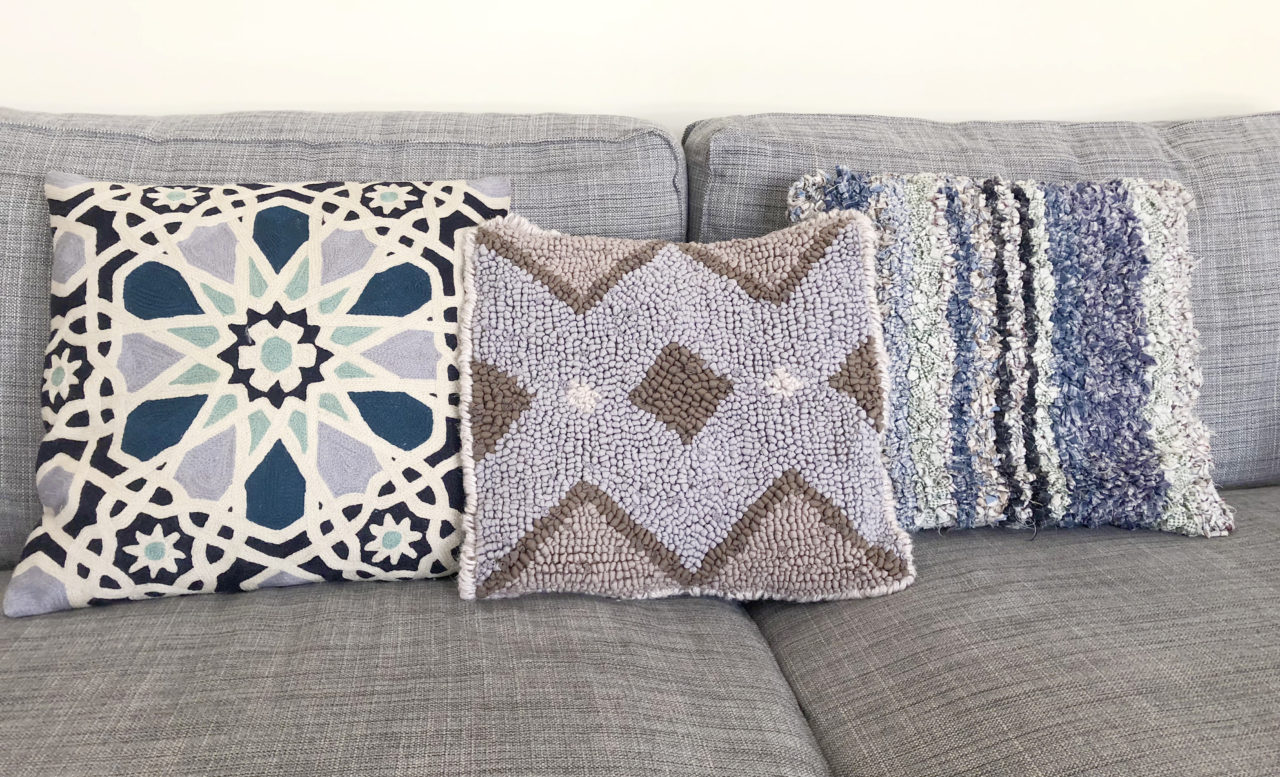

This technique looks incredibly different depending on which fabrics you choose to work with!
Short Shaggy Rag Rugging:
Funnily enough I even confuse seasoned rag ruggers with this term. Short shaggy rag rugging is a hybrid technique of rag rug making that my mum and I made up years ago. It looks a little bit like the shaggy technique, but less wild and designs come out crisper. The pile (read on below if you’re unsure what this means) is half the height of the shaggy technique, but still longer than most loopy rag rugging.
If you want to see how this technique is done, check it out here.
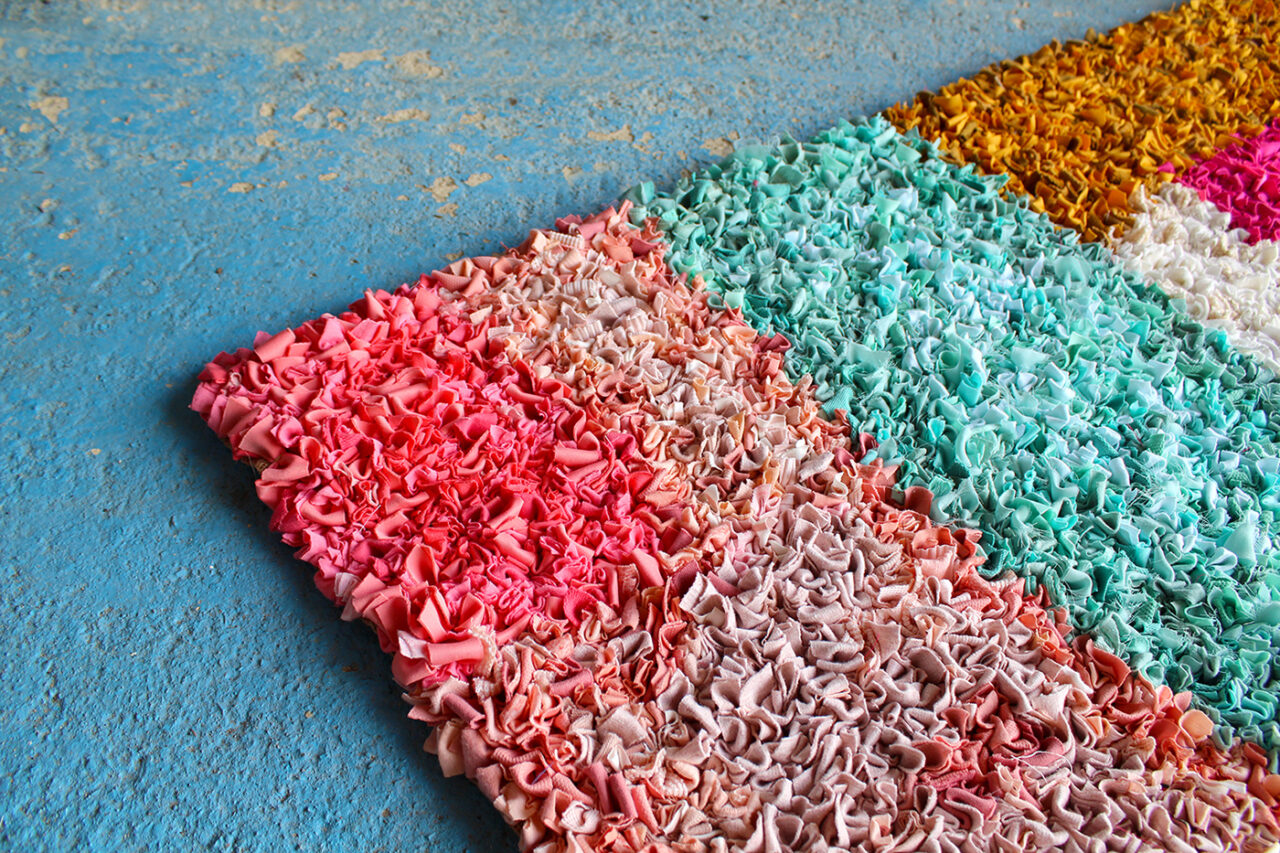
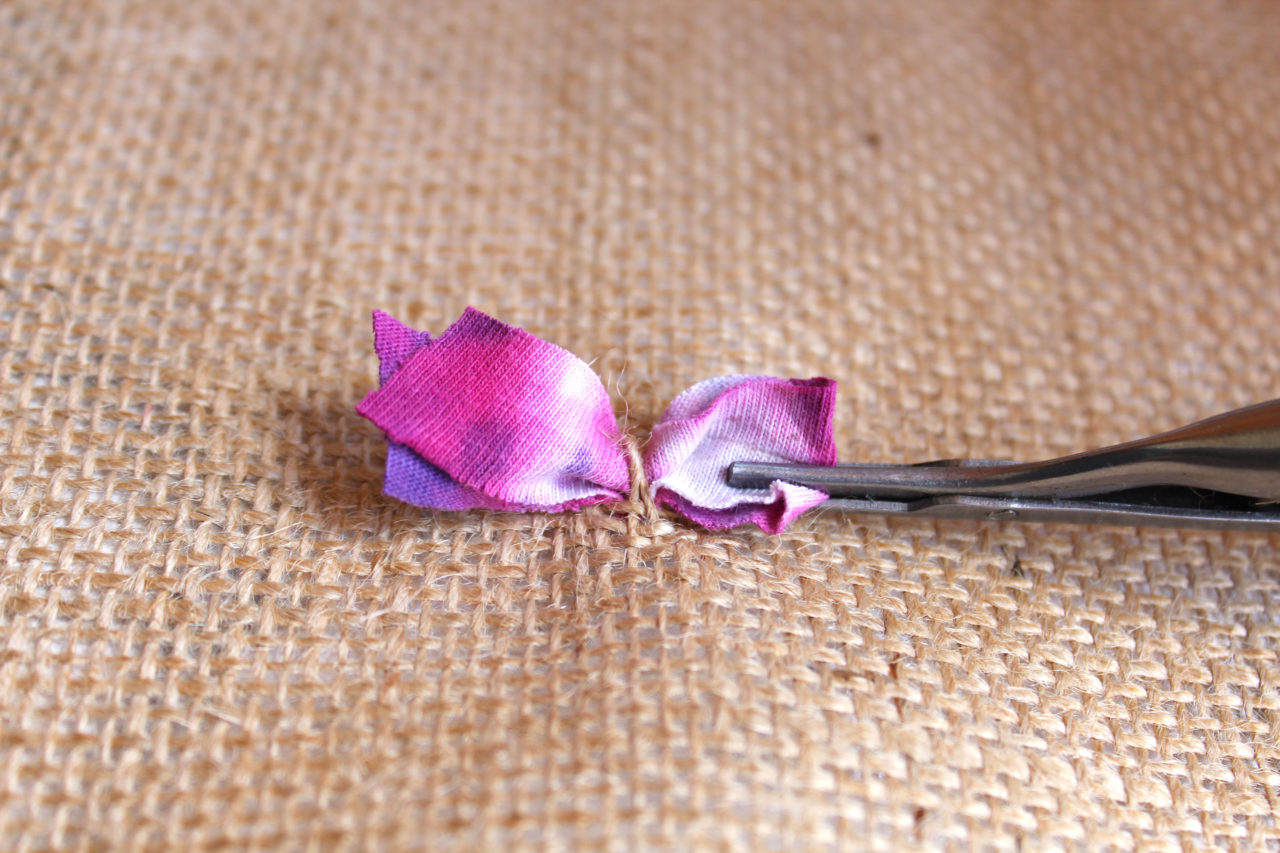
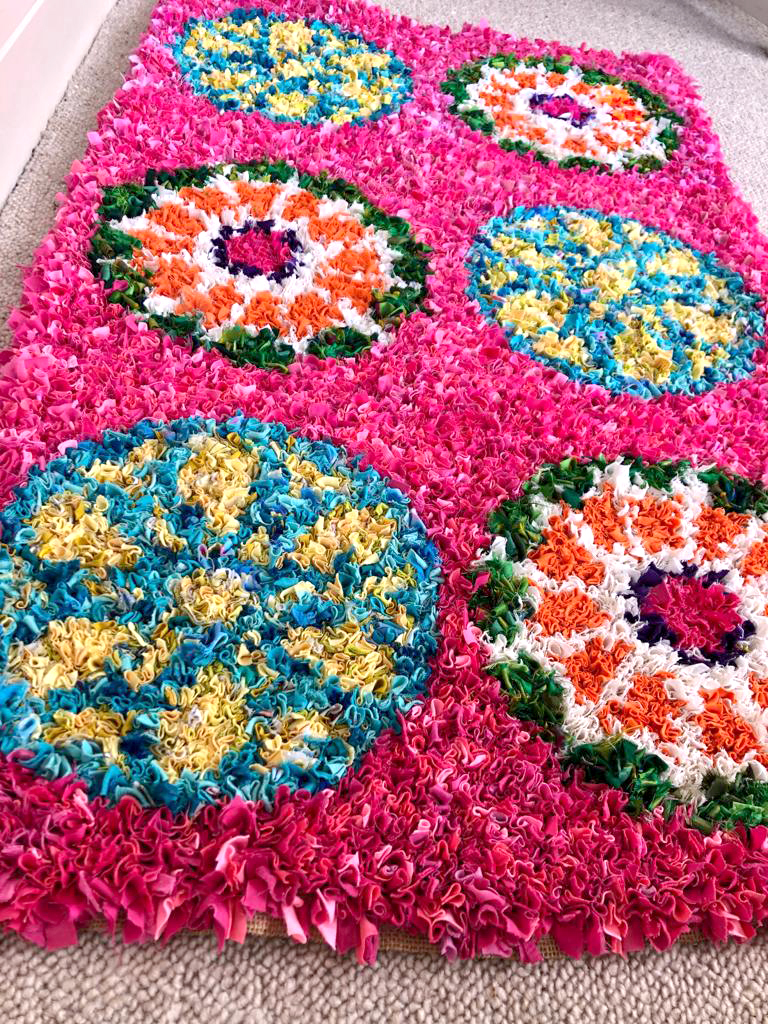
Right, that’s some confusing rag rug terminology clarified, now onto some of the different rug tools that exist and what they’re used for…
Rug Making Tools:
Rag Rug Spring Tool / Bodger / Rag Rugger:
These are all names used for the rug tool below. I think it is the best and quickest tool to make shaggy rag rugs. I prefer the term “rag rug spring tool” to “bodger” and “rag rugger” as it is the most literal. The tool is operated with a spring, which sets it apart from other rag rug tools. Plus, if you read on below, you’ll see that “bodger” is sometimes used to describe another type of tool. They certainly don’t make things easy do they!
Over time the spring in this tool can wear out, but they are easily replaceable. Confusingly, a rag rugger is also the term for someone who makes rag rugs.
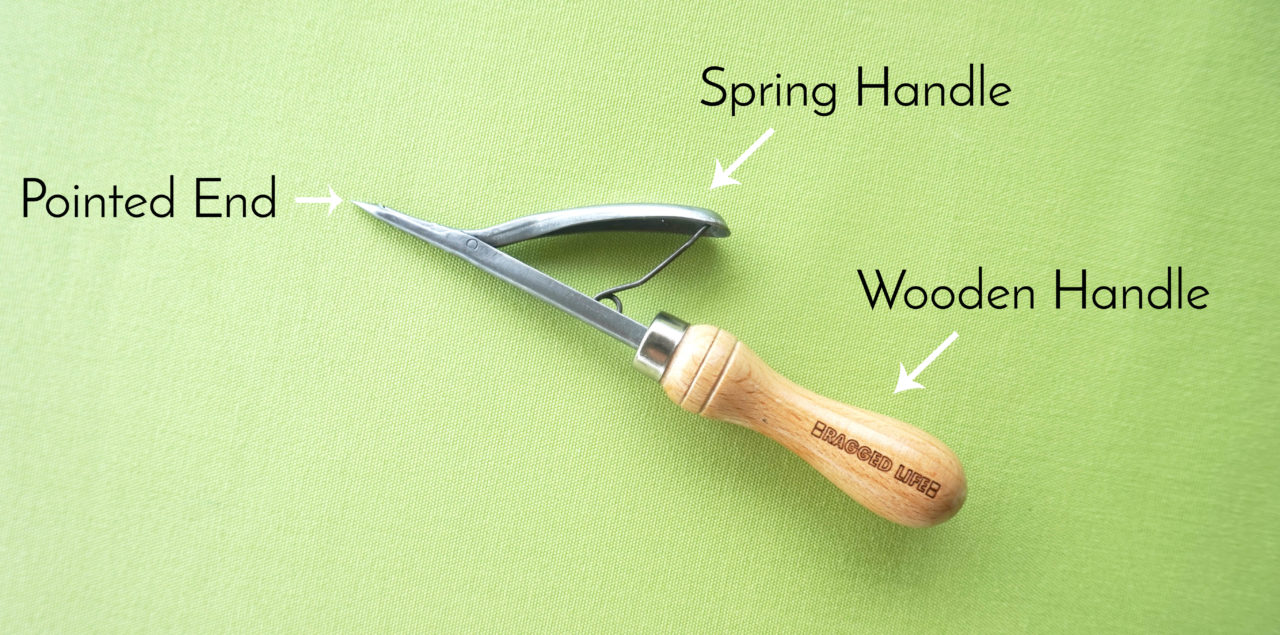
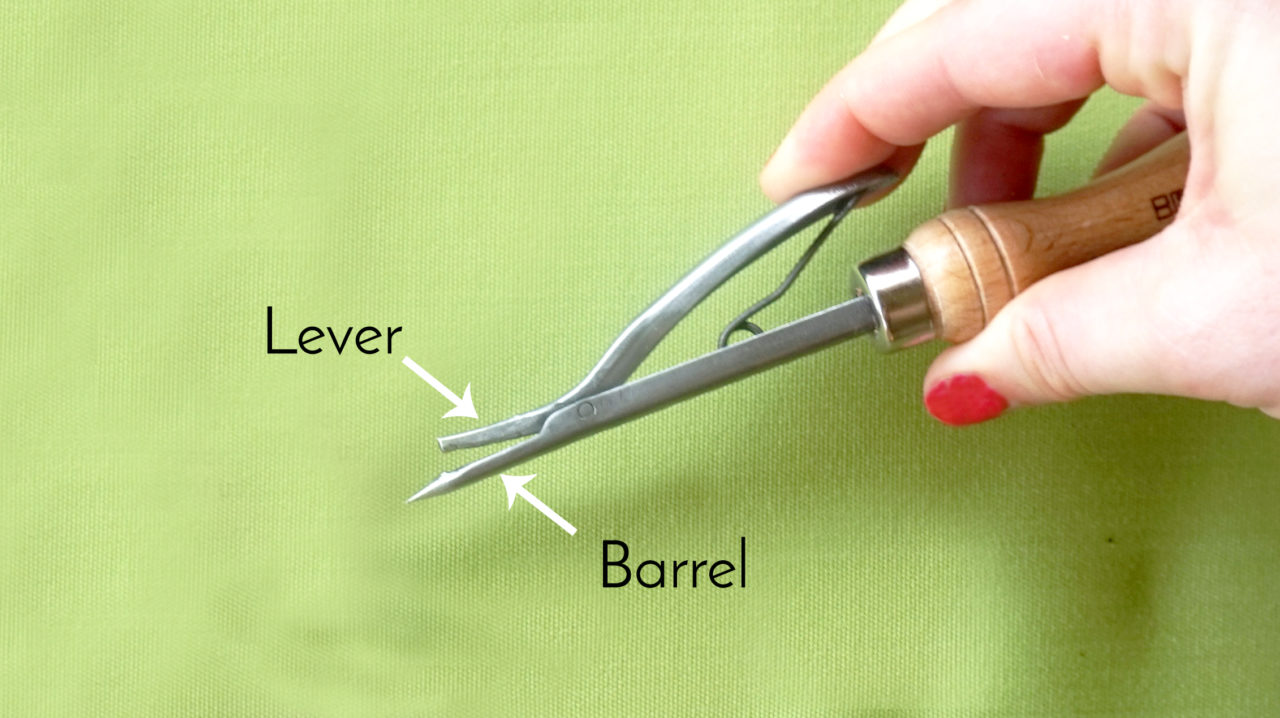
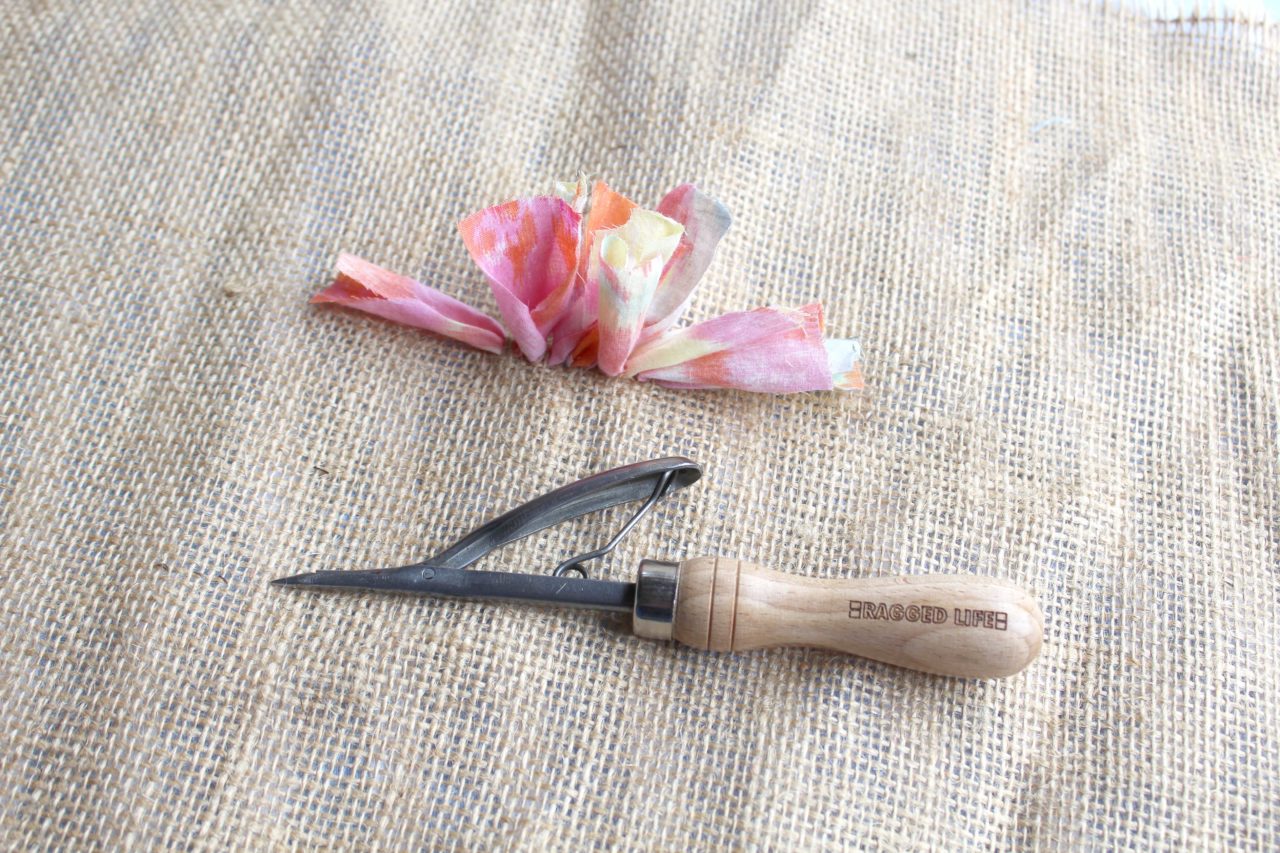
Prodder / Progger / Proddy Tool / Proggy Tool / Bodger:
As briefly touched upon earlier, these are interchangeable names for rug tools used to make shaggy rag rugs from the back of the hessian. With this style of tool fabric is poked through from the underside of the hessian and you generally need a frame or hoop to hold the hessian taut. Confusingly, sometimes this style of tool is called a bodger (like the spring tool), just to keep you on your toes!
Rug Hook:
A rug hook is used to make loopy (hooky) rag rugs. They all feature a pointed hook and handle of some description. You can buy different sized rug hooks, designed to work with different thicknesses of materials, or rug hooks with different shaped handles to suit all. Our Ragged Life Rug Hook has an ergonomic, rounded handle that sits in the ball of your hand and the hook is a great size for medium-weight fabrics. Other rag ruggers sometimes favour rug hooks with curved necks or pencil shaped handles. If you’re new to rag rugging, keep things simple and get a good all-rounder.
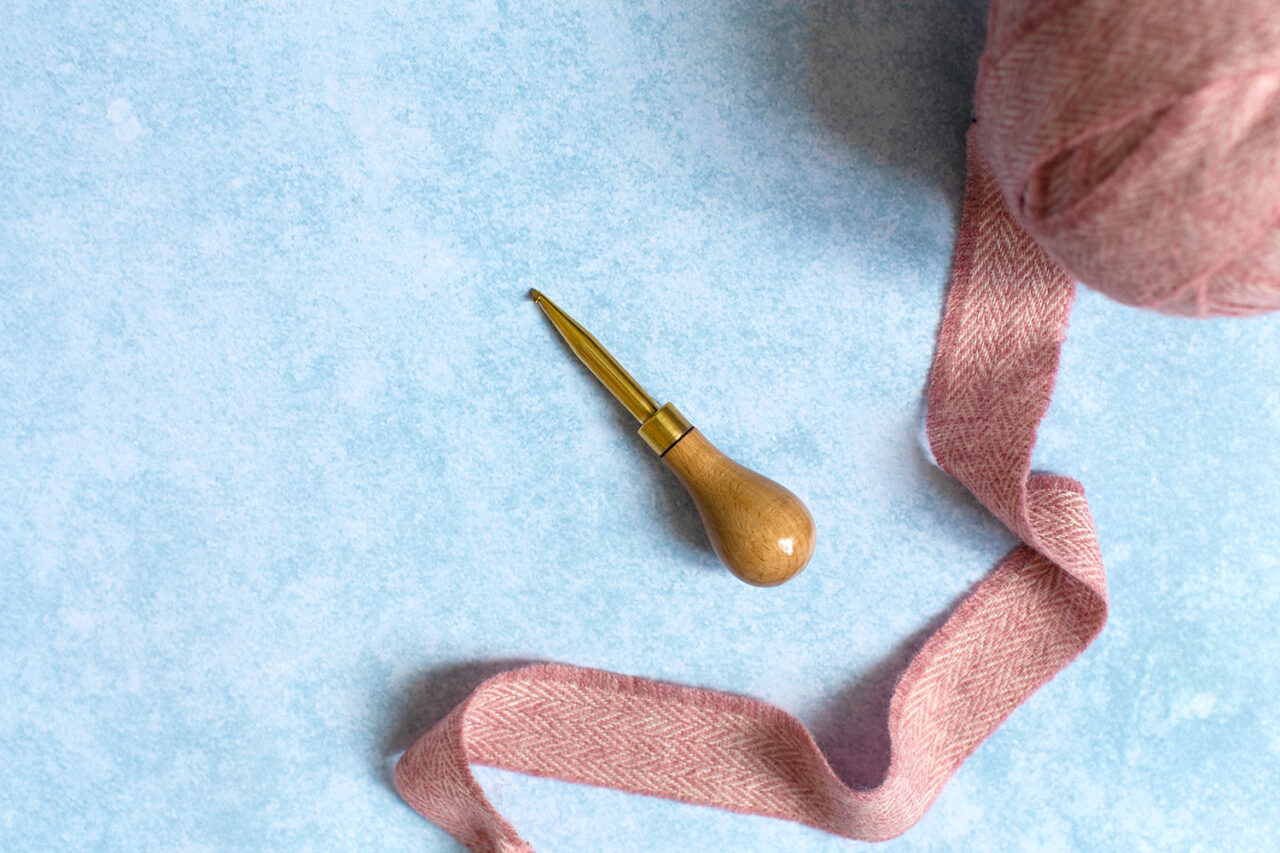
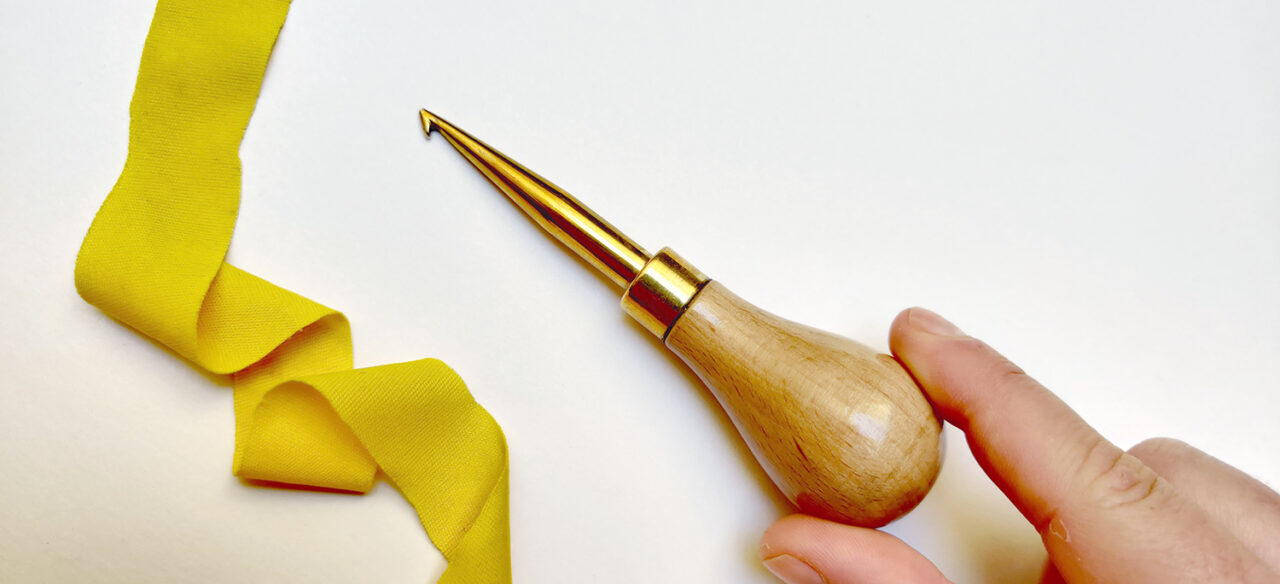
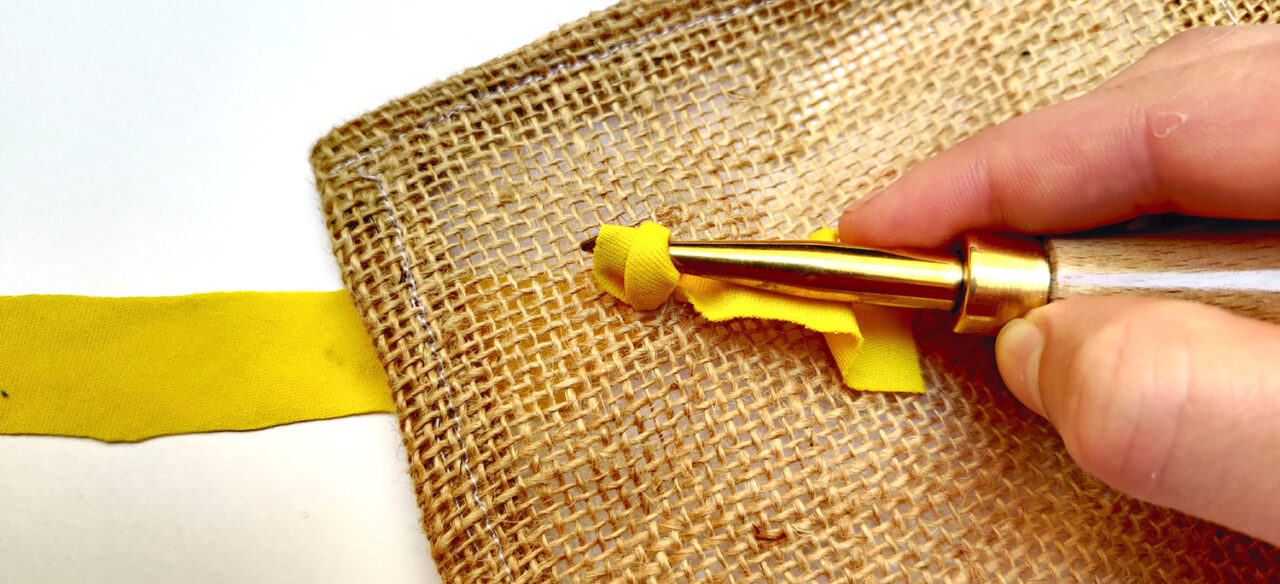
Latch Hook:
Latch hooks are more commonly used to make woollen (yarn) rugs, as opposed to rag rugs. They often came in Readicut rug making kits, where they would come with a pack of wool cut into short lengths and a piece of rug canvas with a design marked out. Crafters would use the latch hook to the knot pieces of wool into the rug canvas to create a tufted appearance, much like the shaggy technique but slightly shorter and with wool. Securing the pieces of wool into the rug canvas takes more effort than with rag rugging as each piece must be knotted in to prevent it coming loose (wool is thinner than fabric so wouldn’t hold into the rug canvas which also has a looser weave). With the latch hook, you pull a loop across the surface of the rug canvas, before passing the two tails through the loop and pulling tight to form a knot. You can see it in action here.
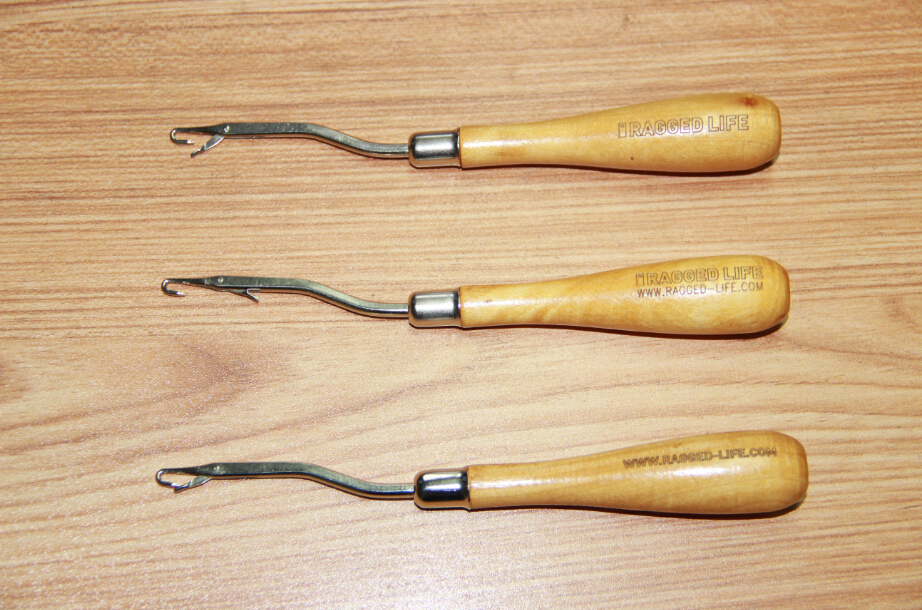
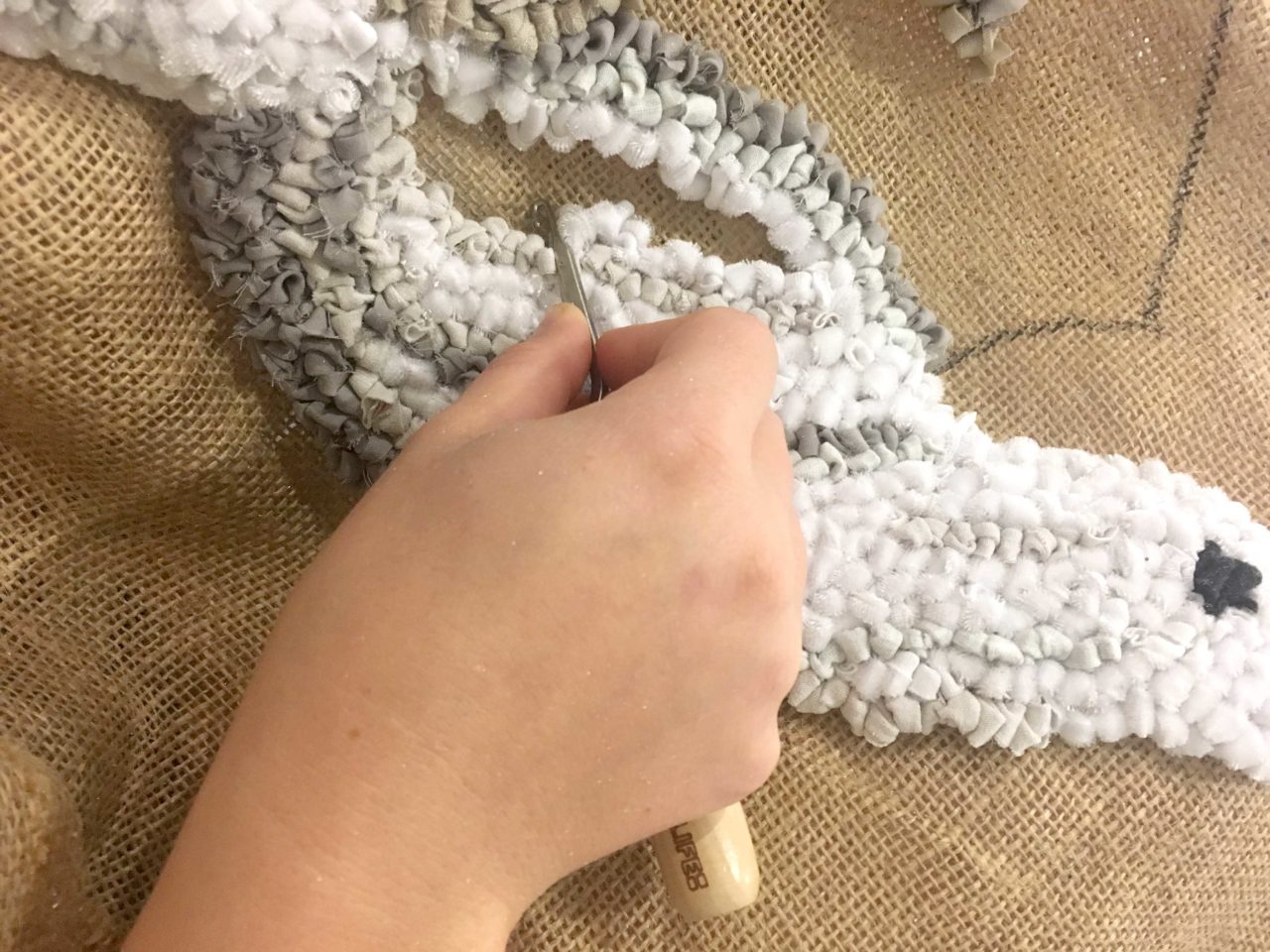
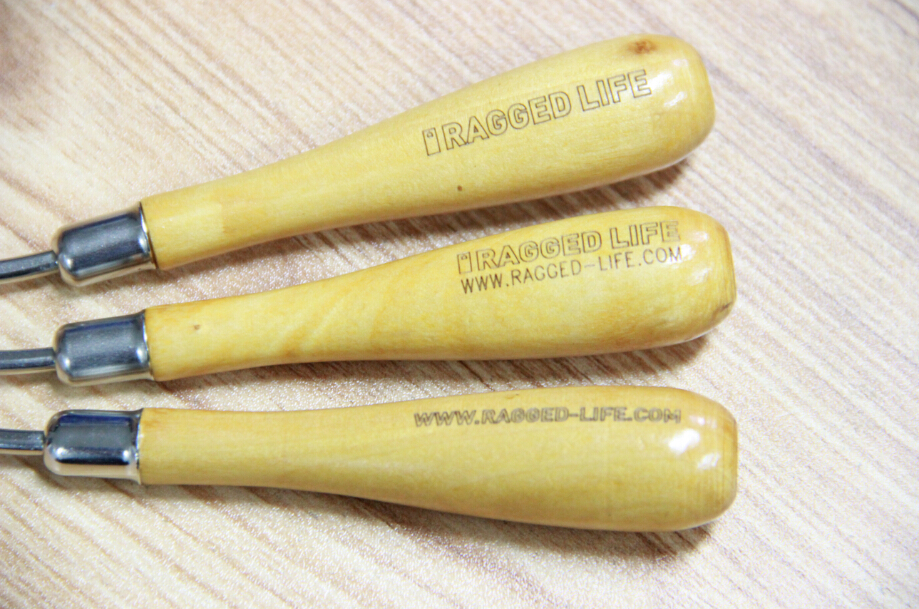
Hessian / Burlap:
For the classic British techniques of rag rugging (shaggy and loopy), hessian is used as the backing. FYI, hessian is called “burlap” in some countries – it’s the same thing! Traditional rag rugs were often made using potato sacks as the base and many rag ruggers use potato and coffee sacks to this day. Historically, it was all about making use of what you had to hand and nothing went to waste! Sometimes it’s fun to follow the design of an old potato sack, but you just need to be careful when picking one out. The main thing is getting a nice, non-hairy hessian with a good, regular weave as can be found on the Ragged Life online shop here.
Nowadays, the Ragged Life team hem hessian into all kinds of shapes for different projects. The sky’s the limit really!
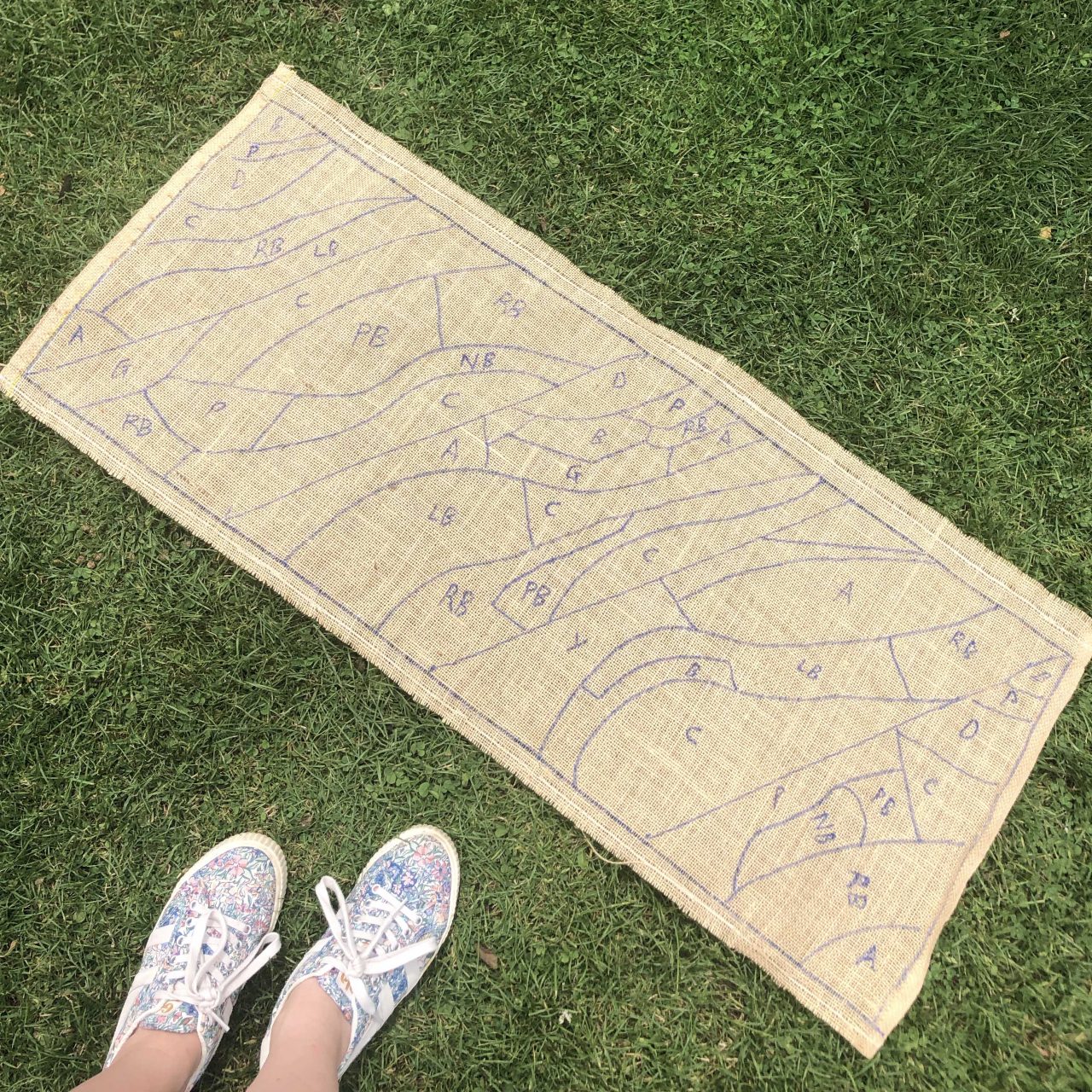
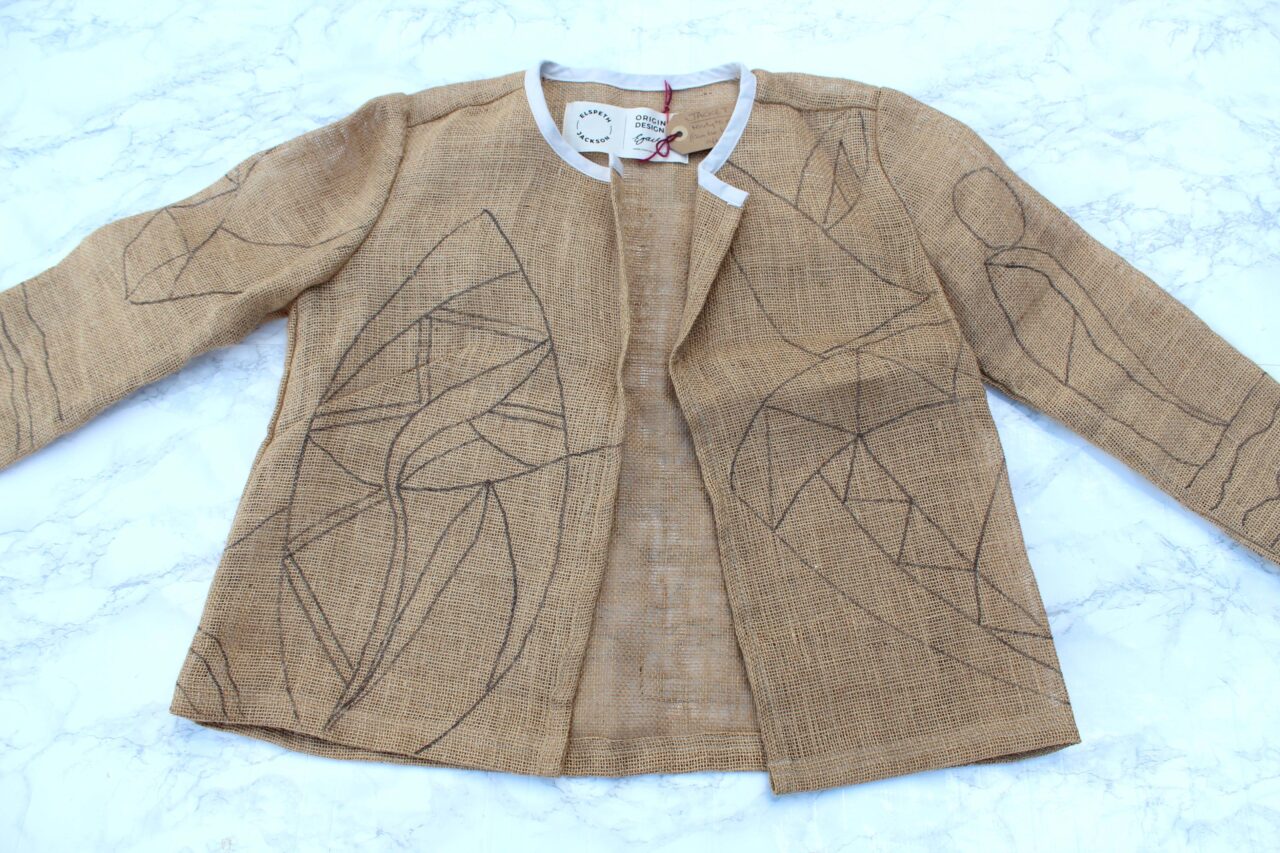
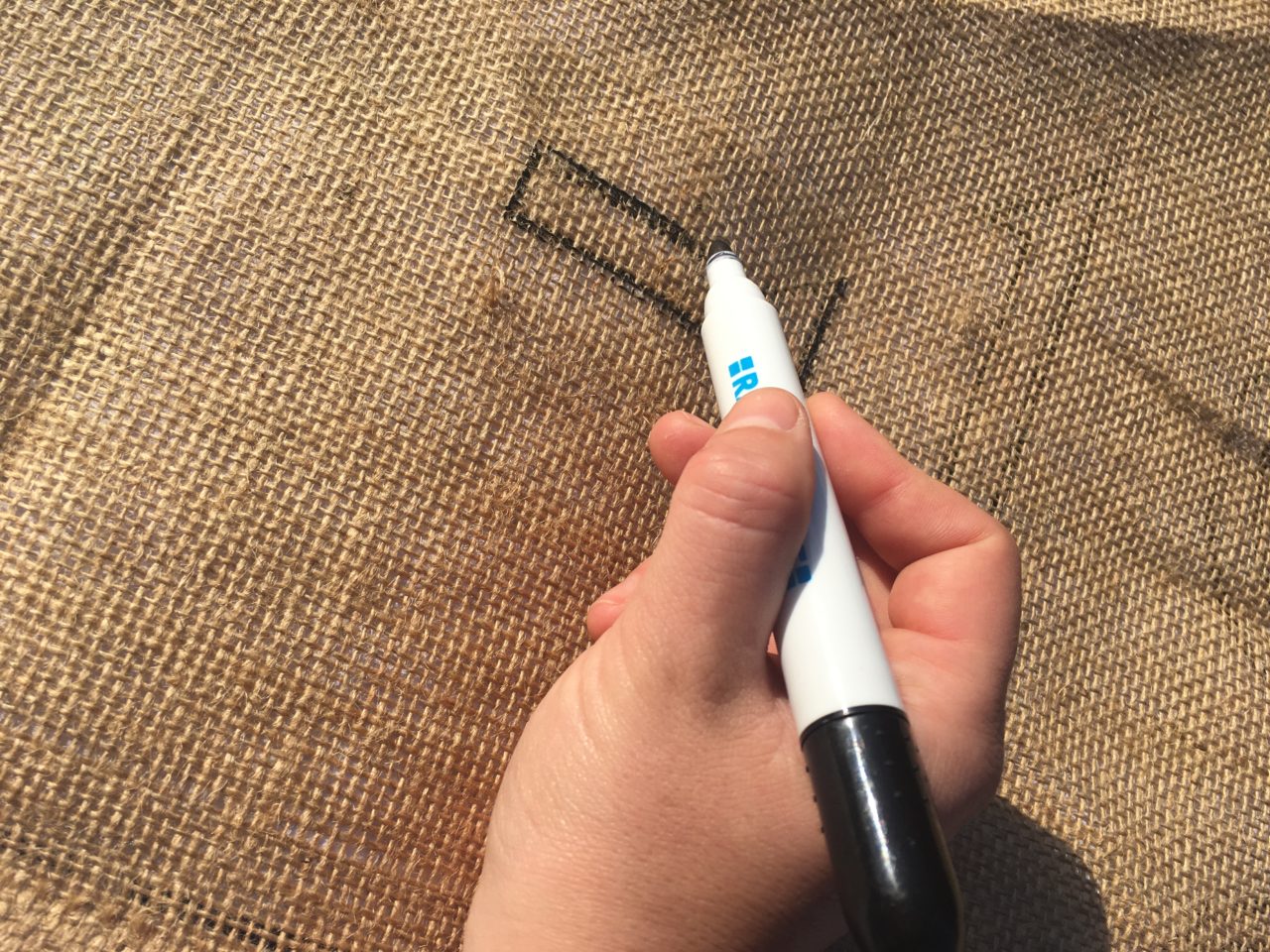
Rug Canvas:
Rug canvas is a backing medium you may come across if you look into rug making. It is a regular mesh, made up of interlocked strands of cotton, plastic or a blend of the two. It comes in different weaves, generally 3.3 holes per inch or 5 holes per inch. It isn’t generally used in traditional British rag rugging for a number of reasons. 1) The rigid mesh doesn’t expand and contract to lock the fabric pieces in, so fabric would need to be knotted in – which is harder work than with hessian. 2) It’s less pliable and tends to be harder on the hands. 3) It’s more expensive.
If you come across rug canvas, it’s best used for woollen latch hooked rugs or locker hooking. I did, however, use rug canvas for the denim loopy rag rug below as I was experimenting. It was pretty rough on the hands though.
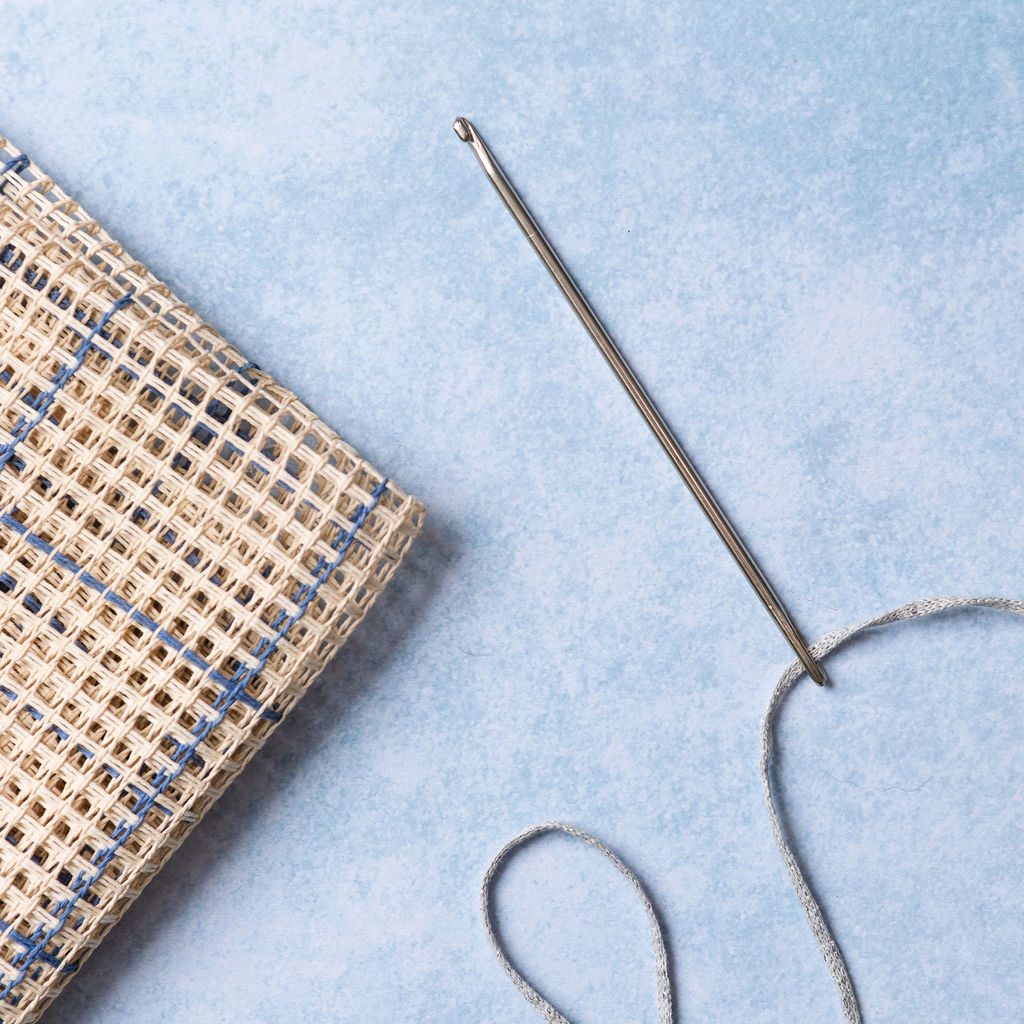
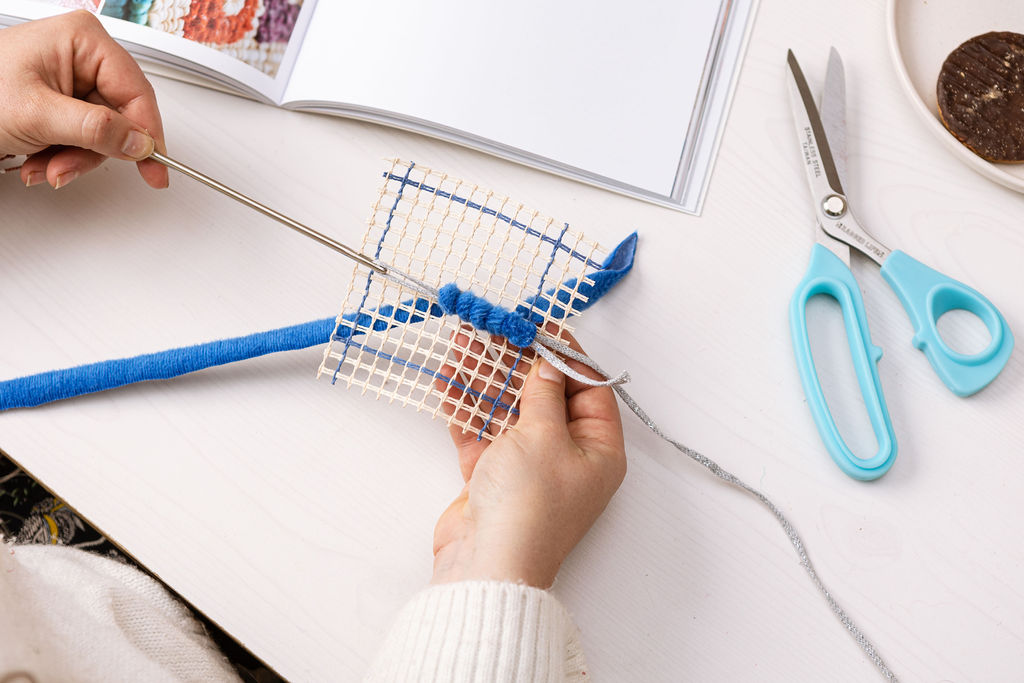
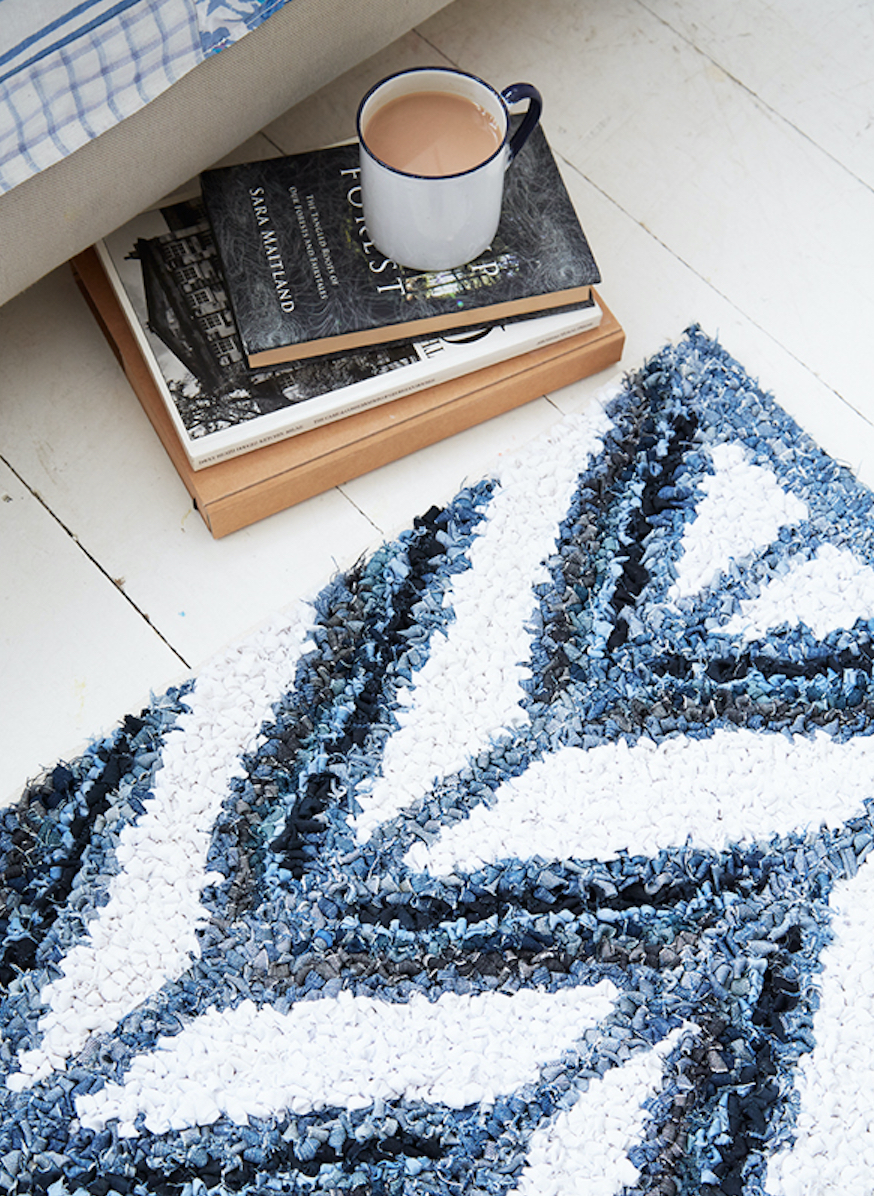
Other useful rag rug terminology:
Hemming:
Hemming is process of securing your rug backing (often hessian), so that it doesn’t fall apart as you work. This is done in different ways. Personally, I like to double over my edge twice and stitch it in position either by machine or hand, before I begin to rag rug. This allows me to get a nice, clean, secure edge. Some rag ruggers prefer to fold the hessian over once and rag rug through two layers to bind the edge and hem it.
Pile:
A rug’s “pile” refers to the density of the fibres. In the context of rag rugging, we most often talk about pile height. That’s to say, how deep the rug is, which is determined by the length of the shaggy pieces or height you’ve pulled your loops. Rag rugs with a deep pile are heavier and use more fabric.
Tufting:
I’m only mentioning this one as it has become incredibly popular on TikTok and Instagram at the moment. Tufting is a form of rug making that is generally done with yarn and a tufting gun. You can see it in action here.
Right, I’ve run out of steam for the moment! I’ll probably revisit this post and add a few more bits in in the coming months (rug shuttle needles come to mind, for example). If you can think of any other confusing terms I should add to this rag rug terminology, please do comment below. I’ve tried my very best not to offend anyone or miss out any of the regional terms, but let me know if you know one that I don’t. It’s always fun to hear new ones!
And, if you’re more confused than you were at the beginning then I’m happy to clarify anything. Just comment any questions below.
Thanks for reading,
Elspeth x
Thank you for so much information, as a WI Craft Judge this will be invaluable.